Catalog
Metrology
525 products
View:
- Selected: 0Areas of use
- Selected: 0Item names
- Selected: 0Manufacturer
- Selected: 0Made in
- Selected: 0Additional
View:
525 products

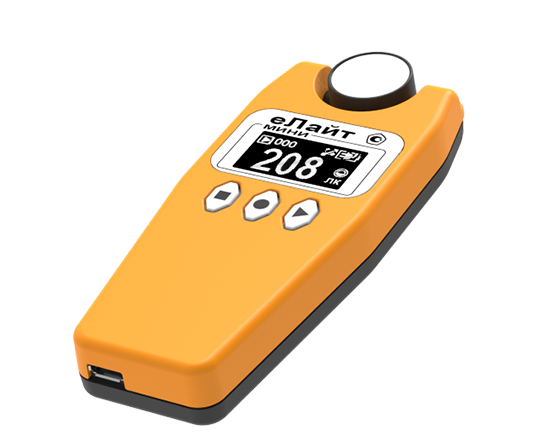
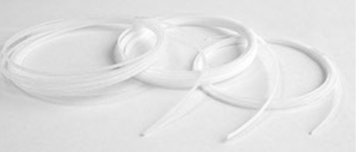
VD-3.6×1.8
A flexible waveguide is a piece of high-quality dielectric, which ends with transitions to standard waveguides with flanges.
For ease of operation, the waveguide is protected by an elastic shell.
Basic properties
Manufacturability of the connection;
Small losses and VSWR;
Economy.
Operating conditions
Operating temperature range from 5 to 50 ° C;
The relative humidity of the air is up to 98% at a temperature of 25 ° C.
Technical specifications
Waveguide cross section, mm 3.6×1.8
Flange type according to GOST RV 51914-2002
Frequency range, GHz 53.57-78.33
VSWR 1.25
Losses, 2.5 dB
Length, mm* 500
TEKHNOYAKS
Moscow
Produced in: Moscow
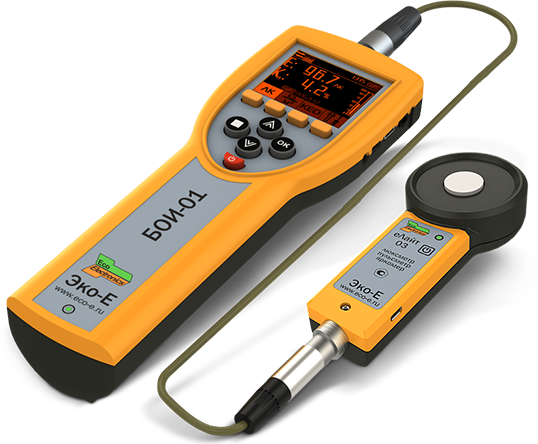
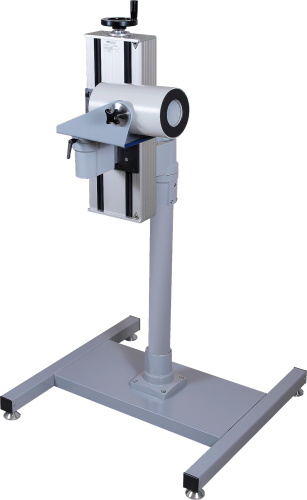
HUMAN RADIATION SPECTROMETERS SKG‑AT1322, SKG‑AT1322/1
Flexible software control of the spectrometer functions, the formation of a database and a report on the results of the survey
Express control capacity - 15 people per hour
The possibility of sharing AT1316(AT1316A) and AT1322(AT1322/1)
The possibility of accommodation in a minibus as part of a mobile radiation control laboratory
Atomtekh
Minsk
Produced in: Belarus, Minsk
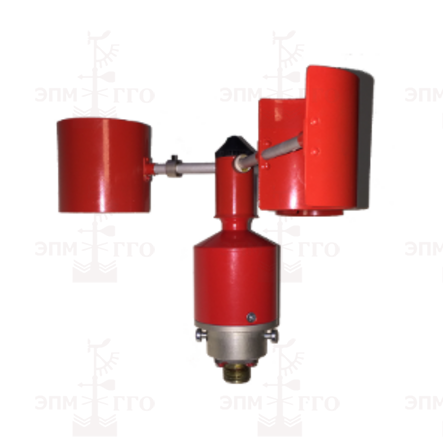
M-95-CM Signal Digital Anemometer Sensor
from
26 022 ₽
Application range: 1.8 ... 55.0 m/s
Alarm threshold setting range: wind speed from 12 to 40 m/s
The range of setting alarm thresholds in time is from 2 to 5 seconds.
Accuracy characteristics: PG±(0.5+0.05V) m/s
The average service life is at least 8 years.
Application conditions:
wind speed sensor from -60C to +50C
EMPGGO
Saint Petersburg
Produced in: Saint Petersburg
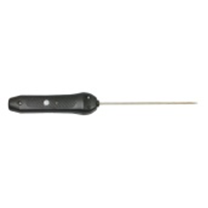
Smart submersible reinforced probe L = 150 mm SZPGU.150P with built-in flash memory
from
12 144 ₽
Smart submersible reinforced probe L = 150 mm SZPGU.150P with built-in flash memory is designed to measure the temperature of various materials by direct contact of the probe with the measuring object and transmitting the measured value via Bluetooth to devices with the ThermoMonitor, Android program installed.
Operating conditions of the SZPGU.150P smart probe
Ambient temperature, °C: -20...+55.
Relative humidity, %: not more than 80 at T=35 °C.
Atmospheric pressure, kPa: 86...106.
Functionality of the SZPGU.150P smart probe
Measurement of physical quantities with a resolution of 0.01.
Recording of measured values at intervals from 5 seconds to 23 hours 59 minutes 59 seconds (only smart probes with built-in memory).
Transmitting data about measured physical quantities via Bluetooth to a device with the ThermoMonitor, Android program installed.
Transmitting information about the state of charge of the built-in battery via Bluetooth to a device with the ThermoMonitor, Android program installed.
Automatic transition to sleep mode after 50 seconds.
The ability to connect an external power supply.
Possibility of calibration.
TEKHNO-AS
Kolomna
Produced in: Kolomna, Moscow region
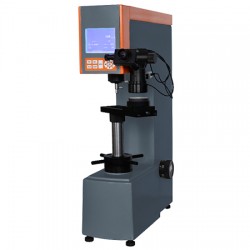
Metolab 702 Universal Hardness Tester
The universal METOLAB 702 device is a stationary hardness tester, a modification of METOLAB 701, equipped with a large LCD display, a built–in printer, and also having the functionality for statistical processing of measurement results (calculation of minimum/average/ maximum values, conversion of results into various scales, storing data in memory, etc.). The device is designed to determine hardness by scales Rockwell, Vickers and Brinell of various materials and products – steels, cast iron, non-ferrous metals, soft alloys, etc. The METOLAB hardness tester has high accuracy, performs measurements in a wide range, and also provides high repeatability of results.
Distinctive features of the stationary METOLAB 702 hardness tester:
Scales for Rockwell measurements: HRA, HRB, HRC;
Scales for Brinell measurements: HBW2.5/31.25, HBW2.5/62.5, HBW5/62.5, HBW2.5/187.5, HBW 10/100, HBW 1/30;
Vickers measuring scales: HV30, HV100;
Displaying all the necessary information on a large LCD screen;
Possibility of statistical processing of measurement results – calculation of minimum/average/maximum values, conversion of results into various scales, storing data in memory and much more;
Electromechanical drive for application and removal of load;
Prompt change of the applied load by turning the force change knob;
The ability to print the results on the built-in mini printer;
Built-in digital micrometer with backlight, magnification 37.5 and 75x.
Basic delivery package:
Stationary universal METOLAB 702;
Conical diamond Rockwell indenter (120° angle) - 1 pc.;
Vickers diamond indenter (136° angle) - 1 pc.;
Indenter with 1.5875 mm ball - 1 pc.;
Indenter with 2.5mm ball - 1 pc.;
Indenter with 5.0 mm ball - 1 pc.;
Large flat table 150 mm - 1 pc.;
Medium flat table 60 mm - 1 pc.;
V-shaped table 40 mm - 1 pc.;
Hardness measures - 1 set;
15x microscope - 1 pc.;
2.5x lens - 1 pc.;
5.0x lens - 1 pc.;
User Manual.
Metolab
Moscow
Produced in: Moscow
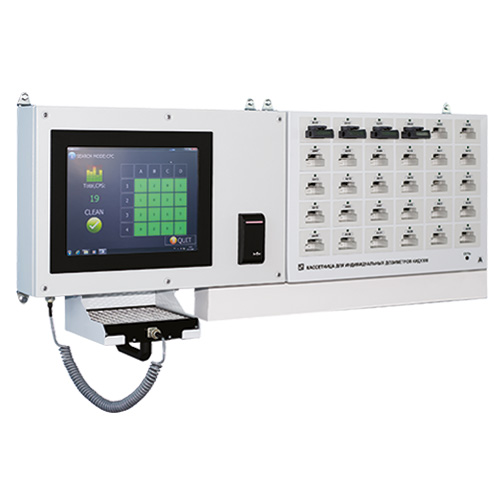
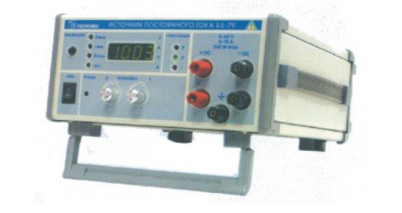
DC power supply B5-79
The B5-79 DC power supply is designed to provide constant voltage and current to measuring instruments and equipment during the development, production, operation and repair of electronic devices.
Technical specifications
Output voltage setting range from 0 to 60 V
Output current setting range from 0.2 to 10 A
Maximum output power 300W
The main error of the output voltage setting is ± 300 mV
The main error of the output current setting is ± 100 mA
Additional error in setting the output voltage caused by a deviation of the mains voltage from the nominal value by ± 10% ± (0.0001 · Uust + 1 mV)
Additional error in setting the output voltage caused by a change in the load current from 0.9 of the maximum value to zero ± (0.0002 · Uust + 5 mV)
Additional error in setting the output current caused by a deviation of the mains voltage from the nominal value by ± 10% ± (0.0002 · Iust + 2 mA)
Additional error in setting the output current caused by a change in the load voltage from 0.9 of the maximum value to zero ± (0.0005 · Iust + 5 mA)
Instability of the output voltage for any 10 minutes during 8 hours of continuous operation, no more than ± 50 mV
Instability of the output current for any 10 minutes during 8 hours of continuous operation, no more than ± 50 mA
Operating temperature range from minus 10 to 50 °C
AC power supply 220 V, 50 Hz
Power consumption, no more than 500 VA
Overall dimensions, mm 240x128x313
Weight, not more than 6.0 kg
TEKHNOYAKS
Moscow
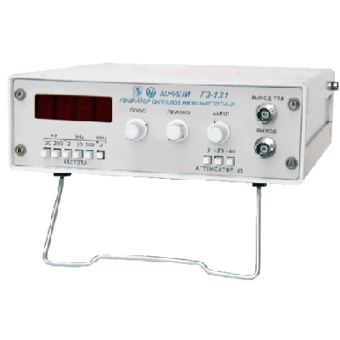
Generator G3-131
Technical specifications:
Frequency range, from 2 Hz to 2 MHz
Frequency setting error, ± 1 %
Signal amplitude:
- at a load of 600 ohms
, at least 5 V at
least 10 V
Smooth signal attenuation, at least 20 dB
Frequency instability:
- in 15 minutes
- for 180 minutes, no more than 0.1%
no more than 0.5 %
Harmonic coefficient:
- in the frequency range from 10 Hz to 20 Hz
- in the frequency range sv. 20 Hz to 200 kHz
- in the frequency range of 200 kHz to 2 MHz, not more than 0.5%
not more than 0.2%
not more than 1 %
MNIPI
Minsk
Produced in: Belarus, Minsk
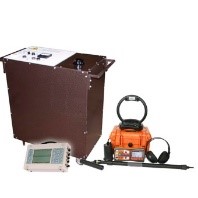
Portable Electrical Laboratory for cable damage detection by Acoustic and Induction method Athlete KAI-1.1002 (IDM)
Appointment Athlete KAI-1.1002 (IDM)
• Search for a live cable.
• Detection of the passage of hidden communications (metal pipelines, cable lines).
• Preliminary detection of the distance to the place of damage.
• Search for places of cable damage in an acoustic way.
• Search for places of cable damage by electromagnetic means.
• The presence of a "Friend-Foe" mode.
TEKHNO-AS
Kolomna
Produced in: Kolomna, Moscow region
